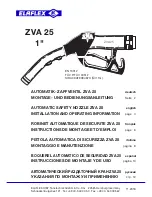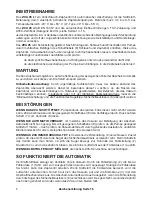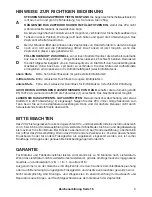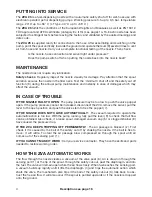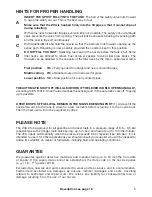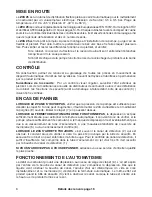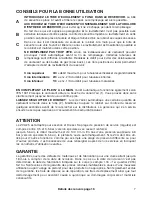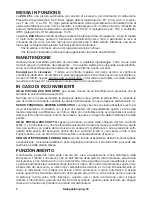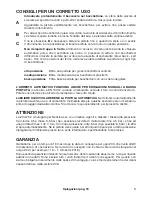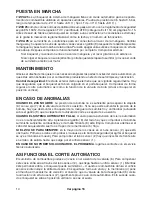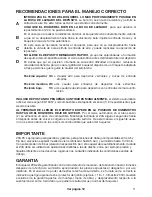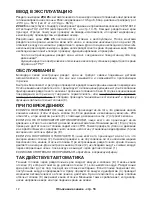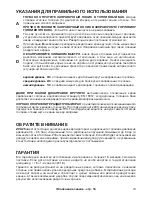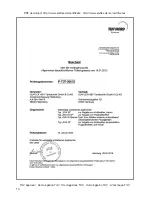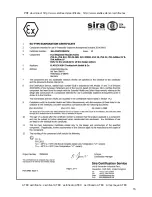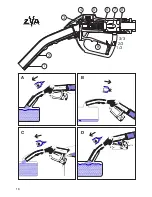
4
PUTTING INTO SERVICE
The
ZVA 25
is a fuel-dispensing nozzle with an automatic safety shut off for wet-hose use with
electrical operated petrol dispensing pumps. Working pressure 0,5 up to 3,5 bar, temperature
range -20° C up to +55° C ( LT type -40° C up to +55° C ).
The
ZVA 25
fulfils the conditions of the European Weights and Measures as well as EN 13012.
TÜV approval and ATEX certificate ( category Ex II 1G ) see pages 14-15. Each nozzle has been
subjected to stringent tests before leaving the factory and validated by the applied markings and
date code.
The
ZVA 25
is supplied ready for connection to the hose. After assembling and switching on the
pump, point the spout vertically towards the ground and operate the lever (9) several times to vent
air from hose and nozzle. Carry out a complete functional testing of the nozzle. Then check :
Is the nozzle, hose connection and swivel tight under pressure?
Does the pump switch off when putting the nozzle back into the nozzle boot?
MAINTENANCE
The nozzle does not require any lubrication.
Safety checks
: Regularly inspect the nozzle visually for damage. Pay attention that the spout
serration secures the nozzle in the filler neck. Test the 'minimum' shut off and the safety cut off
function ( 3 ) during the annual pump maintenance and instantly in case of damages which may
effect the vacuum.
IN CASE OF TROUBLE
IF THE NOZZLE FAILS TO OPEN
: The pump pressure may be too low to push the valve poppet
open. If the pump pressure cannot be increased, disconnect the ZVA, remove the swivel, pull the
lever to the open position and push the valve stem to free the poppet ( 7 ).
IF THE NOZZLE DOES NOT CLOSE AUTOMATICALLY
: The vacuum required to operate the
automatic action is too low. With the pump running, fully pull the lever ( 9 ) to check that full flow
can be obtained. Also check, if a loose spout, damaged vacuum cap ( 5 ) or clogged strainer ( 8 )
have caused the pressure drop.
IF THE ZVA KEEPS TRIPPING OFF PERMANENTLY
: The air passage is blocked ( 2 ). First
check if it is caused by the ball of the safety cut off by shaking the nozzle. If the ball is free to
move, it will rattle. To clear the air passage blow compressed air through the spout until air
comes out of the sensing port ( 1 ).
IF YOU CANNOT MAKE IT WORK
: Call your service contractor. They have the skills and parts
needed to restore working order.
HOW THE ZVA AUTOMATIC WORKS
The flow through the nozzle creates a vacuum at the valve seat ( 6 ). Air is drawn in through the
sensing port ( 1 ) at the tip of the spout, through the safety cut-out, past the diaphragm, and into
the fuel. The valve will remain open while the air flows freely. When fuel reaches the sensing port,
a vacuum builds up rapidly until it lifts the diaphragm ( 4 ) and trips the automatic action which
shuts the valve. The mechanism also trips if the ball of the safety cut-out ( 3 ) rolls back to obs-
truct the free air flow. It will also occur if the spout is pointed upwards or if the nozzle is dropped
onto the ground.
Description see page 16

